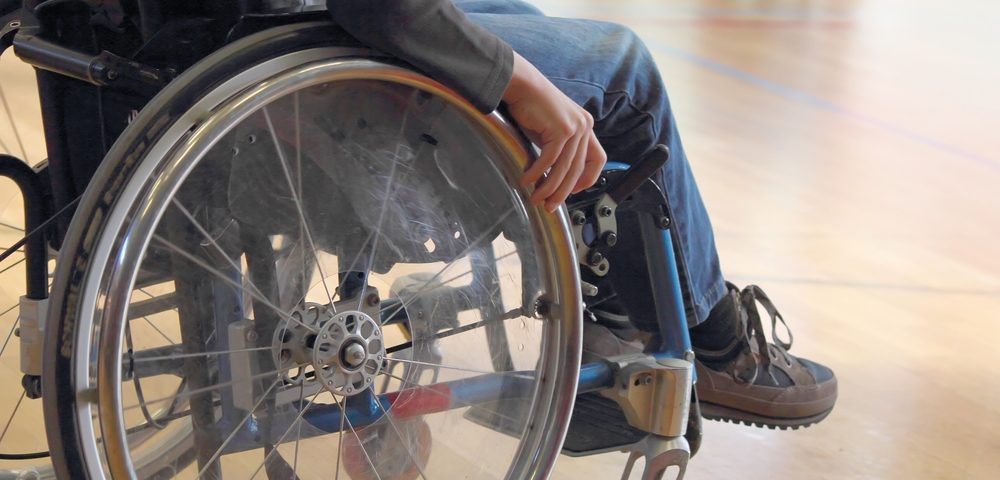NfL and CHI3L1 Work as Biomarkers of Disease Activity and Progression in MS, Study Says

The levels of neurofilament light chain (NfL) and chitinase3-like1 (CHI3L1) in the cerebrospinal fluid — the liquid that surrounds the brain and spinal cord — serve as respective biomarkers of disease activity and progression in multiple sclerosis (MS), a study reports.
Measuring levels of both proteins also helps to identify MS by its specific type, and to predict progression in relapsing-remitting (RRMS) patients, the researchers noted.
The study, “Combined Cerebrospinal Fluid Neurofilament Light Chain Protein and Chitinase-3 Like-1 Levels in Defining Disease Course and Prognosis in Multiple Sclerosis,” was published in the journal Frontiers in Neurology.
NfL and CHI3L1 are looked on as potential biomarkers of MS prognosis (likely course) because they indicate nerve cell damage (NfL) and inflammation (CHI3L1), and are associated with poorer outcomes. But less is known about their diagnostic and predictive potential in MS as a combined measure.
Researchers in Spain assessed the amount of NfL and CHI3L1 in the cerebrospinal fluid of people with MS at different stages of the disease, in order to evaluate if the levels of these proteins could serve as prognostic markers either alone or in combination.
Their study was drawn from data on 157 people, 99 with RRMS and 58 with progressive disease: 35 had secondary progressive MS (SPMS) and 23 had primary progressive MS (PPMS). All these patients had been treated at two university hospitals in Valencia between 2008 and 2017.
Researchers measured NfL and CHI3L1, and recorded if relapse events or inflammatory lesions (assessed by gadolinium-enhanced MRI) occurred in the 90 days following cerebrospinal fluid collection by lumbar puncture. They also followed participants for a median of 50 months (about four years) to evaluate changes in disability and conversion to SPMS among RRMS patients.
Results showed that MS patients, overall, had higher levels of NfL (median 536 pg/mL vs. 158 pg/mL in non-MS controls) and CHI3L1 (median 133 ng/mL vs. 58 ng/mL in non-MS controls) than people without this disease, which is consistent with previous studies.
RRMS and SPMS patients with relapses and new inflammatory lesions during follow-up had even higher NfL levels, which dropped once the relapse ended. “As time from relapse passed, CSF NFL levels decreased to median values, reinforcing the relationship between the NFL peak level, and acute axonal damage,” the researchers wrote.
High levels of CHI3L1 in the CNS were associated with progressive disease, and were found to be “very dependent” on the patient’s age (older), unlike NfL .
A total of 25 RRMS patients rose one point in the Expanded Disability Status Scale (EDSS) during follow-up, meaning an increase in disability level, and 14 progressed to SPMS. Patients in both these groups had higher CHI3L1 levels than other participants.
“CHI3L1 alone was predictive of 1-point EDSS worsening and of the re-assignation of patients to progressive MS during follow-up,” the study noted.
Measuring both biomarkers together was seen to help in determining a person’s type of MS. RRMS patients had higher NfL and lower CHI3L1 levels than progressive patients.
RRMS patients with levels of both proteins above the median were also found to be at a higher risk of disease progression during follow-up.
“Individual measures of CSF [cerebrospinal fluid] NFL and CHI3L1 are biomarkers of disease activity and progression, respectively. The pattern of combined measures discriminates MS phenotypes and predicts the subset of RRMS patients that will progress clinically, allowing early intervention,” the researchers concluded.
But they emphasized that prospective (active) studies in larger patient groups are needed to confirm the results of this study.






